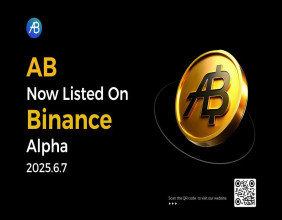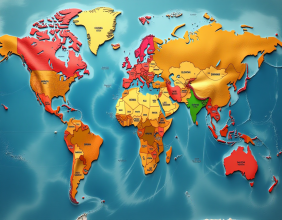Highlights:
- Delivery refers to the transfer of an asset as settlement in futures contracts.
- It can involve physical goods or financial instruments.
- Delivery is the final step in fulfilling a futures contract.
In the world of futures contracts, the concept of "delivery" holds significant importance. A futures contract is a standardized agreement to buy or sell an asset at a predetermined price at a specified time in the future. As these contracts approach their expiration date, they must be settled. While many contracts are closed before expiration through offsetting trades, some result in the delivery of the underlying asset. This process is known as "delivery" and marks the final settlement of the contract.
Types of Delivery
Delivery can take two main forms in futures contracts:
- Physical Delivery: This involves the actual transfer of a commodity, such as crude oil, agricultural products, or metals. In this case, the seller of the futures contract delivers the physical goods to the buyer, and the buyer takes possession of the asset. This type of delivery is common in markets like commodities trading, where the physical product is essential to the transaction.
- Cash Settlement: Instead of delivering the actual commodity, the futures contract can be settled in cash, where the difference between the contract price and the market price of the asset at the time of expiration is paid. This is common for financial instruments, such as stock indices, where delivering the underlying asset may not be practical.
Process of Delivery
The delivery process in futures contracts involves a series of steps to ensure the transaction is completed smoothly. When a contract reaches its expiration, the seller must deliver the asset, and the buyer must take possession, unless they choose to settle the contract financially.
For physical delivery, the seller arranges for the goods to be transported or delivered to a designated location, such as a warehouse or port. The buyer then takes ownership of the asset, completing the transaction.
In the case of cash settlement, the settlement amount is calculated based on the difference between the futures price and the spot price of the asset. This amount is transferred between the buyer and seller, and no physical exchange of goods takes place.
Risks and Considerations
The delivery process in futures contracts introduces several considerations and risks. The most obvious risk is the possibility of a mismatch between the contract terms and the actual market conditions. For example, if the price of a commodity fluctuates drastically as the contract approaches its settlement date, the buyer or seller may face significant financial losses.
Another consideration is the logistical aspect of physical delivery. Handling, storing, and transporting physical goods require careful planning, and there are costs involved in this process. Some contracts allow for alternative methods of delivery, such as the ability to substitute a different but similar commodity.
Conclusion
In conclusion, delivery in futures contracts represents the fulfilment of the agreement by transferring the underlying asset, either through physical delivery or cash settlement. While most futures contracts are settled before expiration through offsetting positions, those that result in delivery play a crucial role in various markets. Understanding the nuances of delivery can help traders, investors, and market participants navigate futures contracts effectively, ensuring they are prepared for potential risks and outcomes associated with the final settlement.





